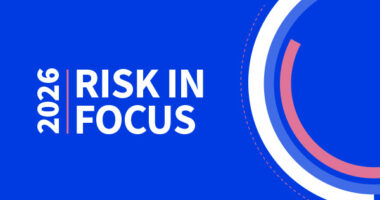What happens when internal audit’s insights are neglected, overridden, or ignored?
Internal audit’s deep, first-hand knowledge of the organization often extends well beyond simple compliance concerns to providing directors with a unique perspective on the effectiveness and efficiency of governance, risk management, and internal control processes. This issue of Tone at the Top, “Recognizing the Value of Independent Assurance,” examines several shocking, real-world examples of risk management failures and vulnerabilities, and poses several questions directors should be asking as organizations face growing complexities and associated risks.
With regulators, investors, and the general public demanding more oversight and more accountability, directors should seek out and embrace guidelines they can follow to ensure that the board, management, and internal audit are collaborating effectively. This issue outlines how boards can work proactively with their chief audit executive to avoid four common pitfalls, as well as how directors can help organizations get the most value from internal audit by adhering to The IIA’s Three Lines Model.
Key Takeaways
- Though it is challenging to find the right metrics to capture and do justice to the contributions made by independent, objective, and qualified assurance providers, the value those providers deliver becomes all too clear when their insights are neglected, overridden, or ignored.
- Directors should seek out and embrace guidelines they can follow to ensure that the board, management, and internal audit are collaborating effectively, and boards should work proactively with their CAE to avoid common pitfalls and missed opportunities.
- Directors can take a step toward ensuring that organizations get the most value from internal audit by adhering to the guidelines of The IIA’s Three Lines Model in identifying structures and processes that facilitate strong governance and risk management.
Directors can take advantage of the value of internal audit by using the information and insights it offers to enhance corporate governance, internal control, and risk management decisions.




